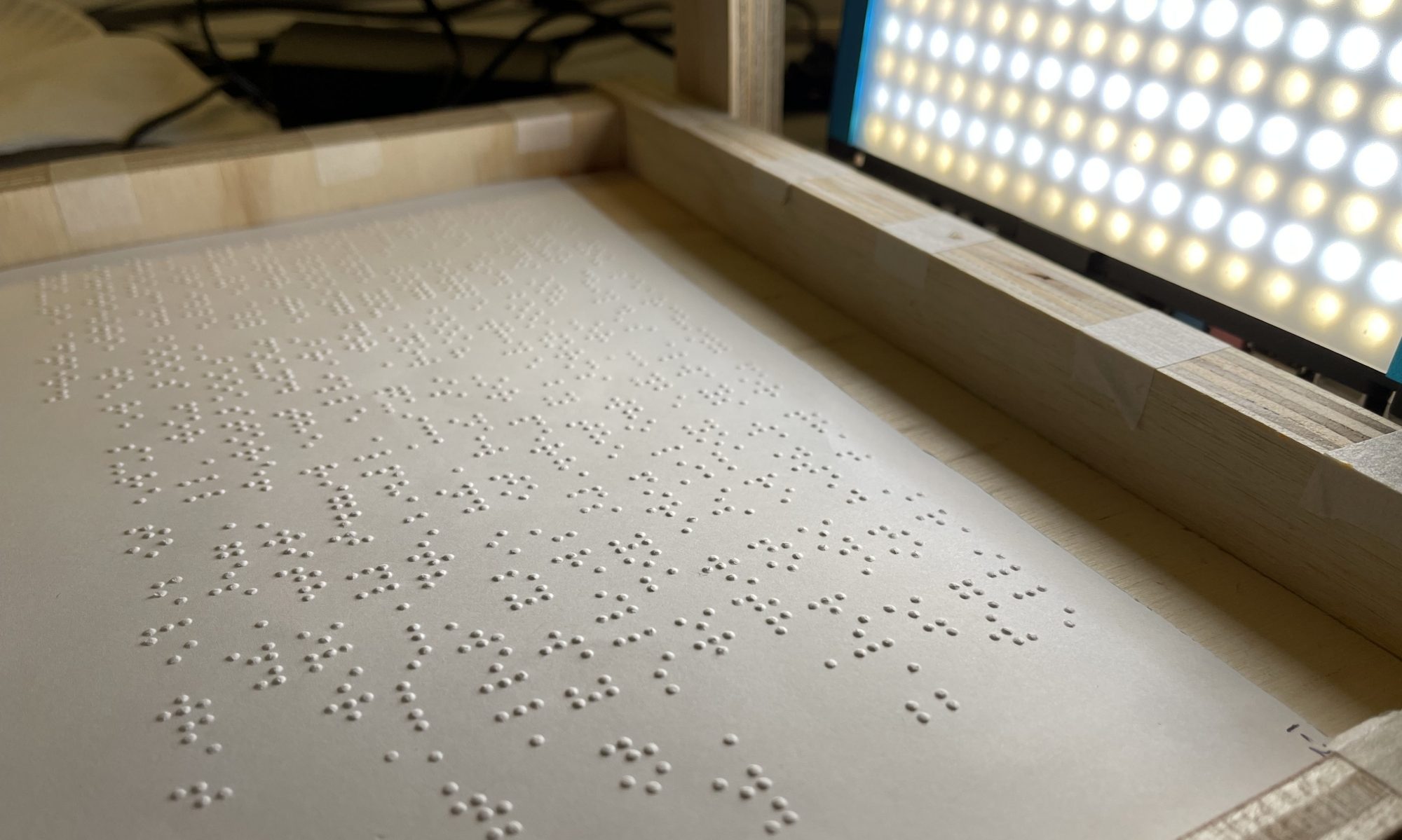- What are the most significant risks that could jeopardize the success of the project?
- Pre-processing: Pre-processing is completed and meets all design requirements and also possesses an machine-learning based alternative with a longer latency.
- Classification: Classification is more-or-less complete and meeting the requirements set forth in our design review. We don’t foresee any risks in this subsystem
- Hardware/integration: We are still in the process of measuring latency of the entire system, but we know that we are within around 5 seconds on the AGX Xavier, which is a big improvement over the Nano. We will continue to measure and optimize the system, but we are at risk of compromising our latency requirement somewhat.
- Report: We are beginning to outline the contents of our report and video. It is too early to say if any risks jeopardize our timeline.
2. How are these risks being managed?
Nearly everything has been completed as planned.
3. What contingency plans are ready?
Post-Processing: At this point there are no necessary contingency plans with how everything is coming together.
4. Were any changes made to the existing design of the system (requirements, block diagram, system spec, etc)?
Since last week, we have been able to measure the performance of our system on the AGX Xavier, and have chosen to pivot back to the Xavier, as we had originally planned in our proposal and Design Review.
5. Why was this change necessary, what costs does the change incur, and how will these costs be mitigated going forward?
This change was necessary to more capably meet our latency requirements in the classification subsystem, where we were able to perform inferences 7x faster. This also improved the overall latency of the system.
6. Provide an updated schedule if changes have occurred.
We are on schedule to present our solution at the final demo and make final measurements for our final report without making any schedule changes.
